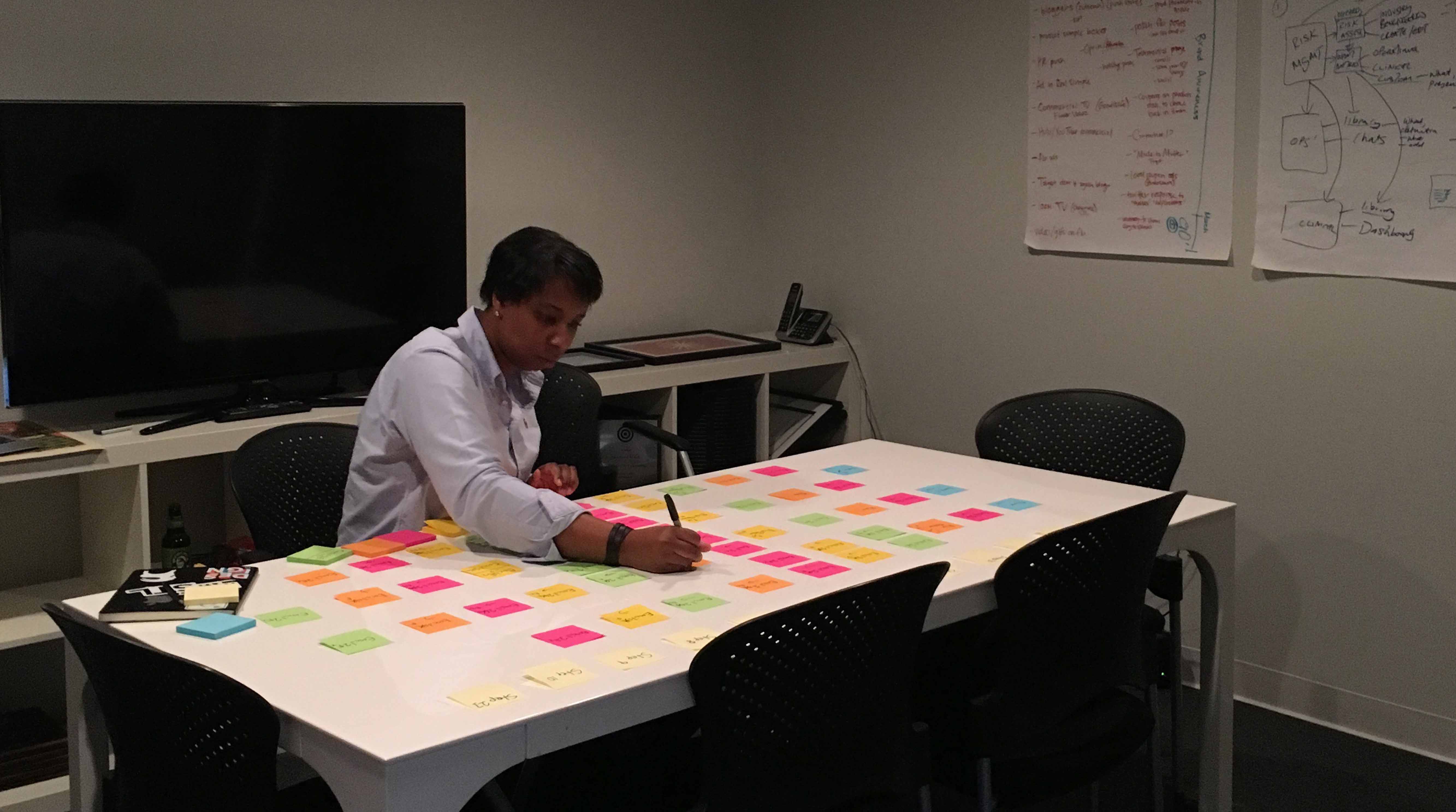Let’s Talk About Experience Design!
For years I hated the term “experience design.” In my mind it was just a high-brow way to describe good web design. Labeling something as “experience design” seemed like a superficial way for web shops to position themselves against competitors, sound intelligent, and ultimately charge clients more for their services.
To me, “experience design” felt like selling clients a crystal ball. It was a false promise: a promise that an agency could 100% accurately predict and control the behavior of any visitor.
I was wrong. Well, mostly, anyway.
A few years ago I attended a conference called OwnerCamp, and realized I was being narrow-minded about the topic. Sitting at a table with 30 other agency owners from all over the country, listening to how they described their work and philosophies, I realized that experience design plays a much bigger role than meets the eye.
Experience design isn’t about promising you can predict user behavior down to each click. It’s about empathy for the user. It’s about putting yourself in their shoes. What are their pain points? What do they need? What do they want? How do they think? Experience design is about finding the common ground between those answers and the clients’ goals. And then translating that knowledge into a visual solution.
This is something we’ve been doing for a while at Atomicdust – we just weren’t calling it “experience design.” For a while, we’ve been obsessed with making design more useful. Most designers understand the struggle of having to explain to clients that design is more than pretty pictures. We know that great design can have lasting impact that positively shapes our clients’ businesses externally and internally.
In asking ourselves how can design be more useful to clients, we think beyond a website or any single piece of collateral. We consider instead how what we’re making might play into our client’s sales cycle. What do we already know about the customer, and how can we shape their behavior as they interact with the brand over time? What can we create for each touchpoint? What will it say? What will it look like? Is it purposeful? Is it engaging? Will it really move the customer forward?
When experience design is executed well, it can improve impact and results. And while I still think too many agencies use UX as a way to elevate the sale of web design, OwnerCamp made me realize that experience design comes down to anticipation and intent. If “design is a way to change the current situation into a more favorable one” – a favorite Marty Neumeier quote of mine – then understanding where you are, where you want to go, and how you’ll get there is its essence. I should have started calling it experience design years ago.
Want to learn more about Experience Design?
Download Mike & Tara’s presentation on experience design. They discuss our philosophy and share some tips for brands to consider when designing around their own customer experience.


